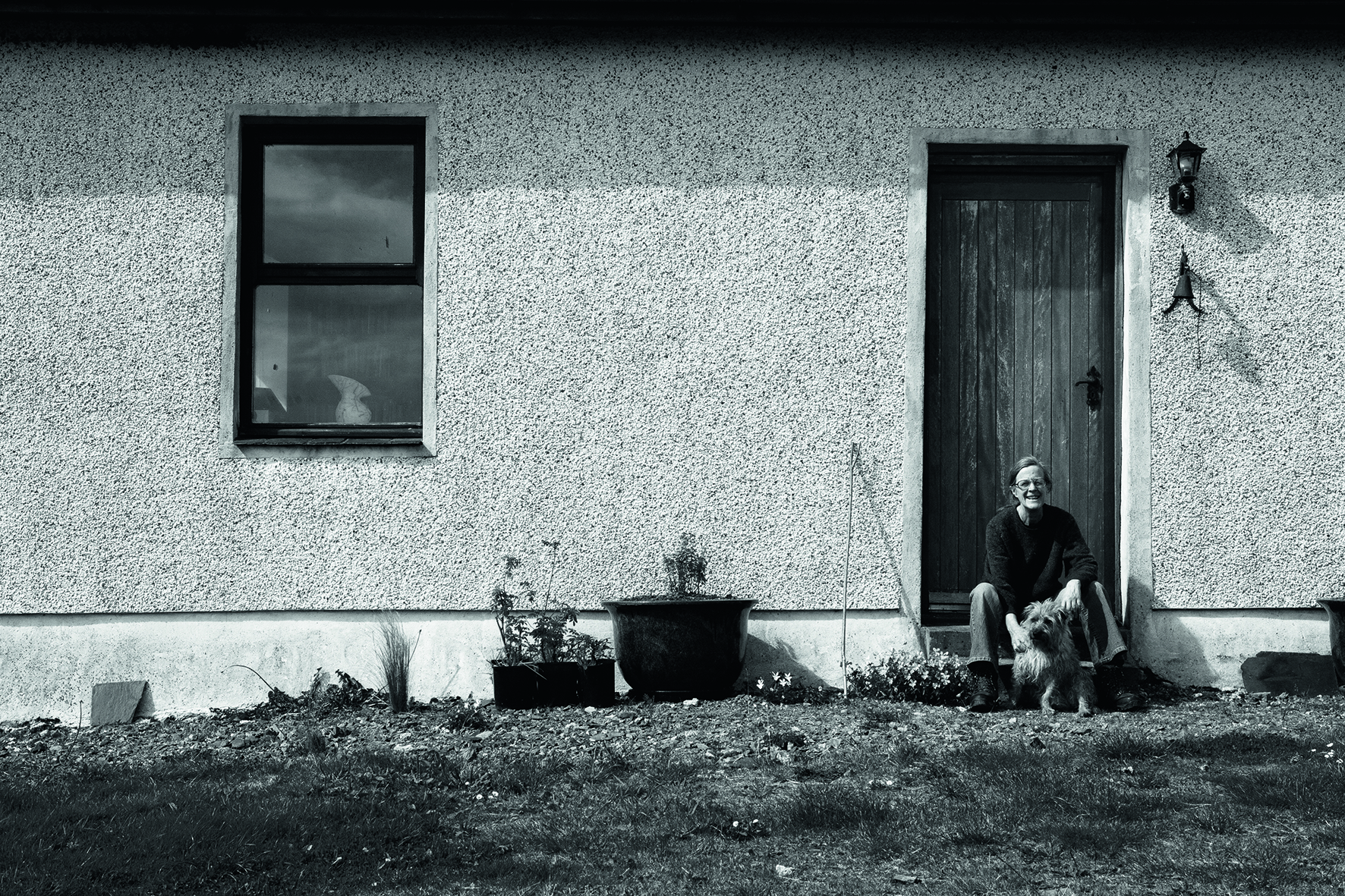The growth of Farmer Clusters benefits the environment and rural communities to boot UK farmers tend to get pretty rough treatment when it comes to environmentalism. This is partly because we seem to have a rather bizarre image of rich farmers swaggering about in tweeds with shotguns or hunting poor little foxes while desecrating our landscape, despite the fact that agricultural wages (including those of farmers themselves) remain low and the average farm in 2019–20 did not make any profit.
And this is one of the reasons – though only one – why the growth of Farmer Clusters is so interesting, impressive and valuable. A pilot scheme was started by the Game and Wildlife Conservation Trust in 2013 and there are now over 100 Farmer Clusters in the UK. What is a Farmer Cluster? It is a group of contiguous farms that work together at a landscape scale on ecological and biodiversity projects, chosen and organised by themselves.
For example, there is a Farmer Cluster of 16 farmers with a total of 4,000 hectares at Selborne, Hampshire, once the home of curate and naturalist Gilbert White. Among his numerous contributions to British wildlife, White was the first person to describe the harvest mouse in detail as a separate species. Harvest mice have prehensile tails that assist them in climbing and they build distinctive nests (grass-woven balls), but only one nest had been recorded in the area since the 1990s and it was feared the species might be locally extinct. A survey in 2014 and 2015 conducted by the farmers and local volunteers discovered 470 nests and they learned how to manage their hedgerows and plant the field edges to assist these rodents. The cluster went on to successfully support two rare butterflies: the Duke of Burgundy and brown hairstreak.
A sense of autonomy
This is the sort of project Farmer Clusters develop. One of their central features is they are made up entirely of local farmers, who may be given grants to employ experts but who keep control of both the focus and the particular projects of their cluster – rather than having outside ecologists dictating what they should do. It is a curious negative myth that farmers do not care about their local land, especially since so many farmers work where they grew up. But it is also unquestionable that there is a strong streak of independence and a dislike of centralising power among agricultural communities in the UK – and who shall blame them?
One importance of the Farmer Clusters is that it acknowledges local ownership and leadership in what feels like quite a new way. The would-be clusters elect their own lead farmers, with the proviso that they should be both well-respected within their community and have a high ecological engagement.
Farmer Clusters are, in one sense, a very traditional idea. Where I live there was a tradition of ‘common shearing’ where a group of farms got together to shear the sheep on each farm in their group in turn, while singing, gossiping and eating together.
Common shearing is remembered with joy and solidarity by many older farming families around here: it was sociable, communitarian, efficient and fun. It is a delightful thought that the development of Farmer Clusters might provide not only important and wide-ranging ecological benefits but also prove sociable, communitarian, efficient and fun.
It is a lovely idea; let us hope it prospers.

